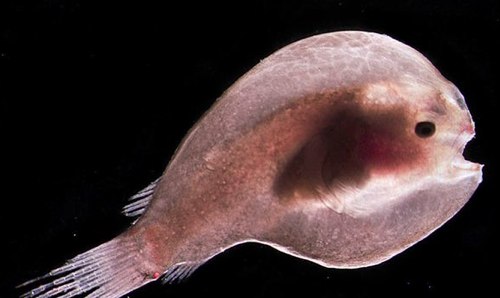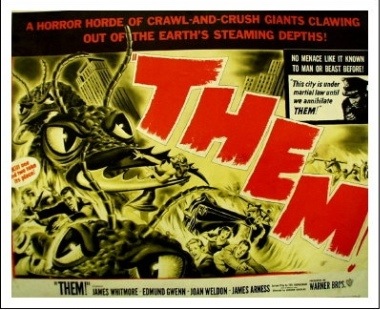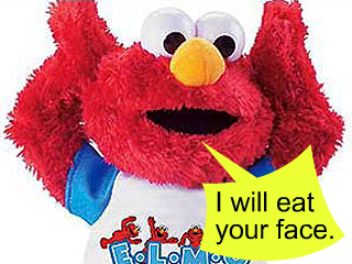In this column, we look at two pop-cultural interpretations of ubiquitous Weird legends as portrayed by two narrative television programs… like how That ‘70s Show’s Donna and CSI: Miami’s Horatio Crane were both created by their respective networks in order to fulfill SAG-regulated ginger nut quotas. But with monsters. Enjoy.
Reaper, Episode 1×03, “All Mine”
AND
X-Files, Episode 9×05, “Lord of the Flies”
Fleas provide a wily vector for the bubonic plague and wipe out a third of the world’s population.
Killer bees buzz up against America’s borders, causing a prolonged nationwide freakout.
All kinds of weird bugs terrify Willie Scott and Indiana Jones almost dies.
Spread out across every continent and driven by a simplistic nervous system that puppeteers their segmented bodies towards only the most primal satisfactions, insects have alternately fascinated and terrified humans since the first time some blundering caveman saw a beehive and went all My Girl on it. Their ubiquity and instinctual persistence postures them as an ever-moving imagined boundary between nature and civilization that, for every two steps it’s forced back by poisons and zappers, advances one step forward into kitchens and bedrooms. Insects have proved such an enduring fixture of human experience that they’ve infested language itself, swarming the vernacular with a bevy of bug-related clichés, euphemisms and metaphors, ranging from “the birds and the bees” to “mad as a hornet” to “patience, young grasshopper.” It’s no surprise, then, that these perceived pests, and the swarm of associations they evoke, occupy their own cavernous burrow in the pantheon of pop culture, eating their way into the very foundation of American narrative.
Even beyond their aforementioned presence in spoken rhetoric, insects’ universality and relative biological simplicity allow them to play the cipher for a variety of basic human circumstances, relationships and emotions. For instance, both the episodes examined in today’s column employ bugs in exploring different dimensions of love, from the ardor and stewardship that shape and fortify it, to the gnawing jealousy and guilt that can hollow it out from the inside. One episode uses the fundamental disgust that bugs can instill to channel the gross desperation and jealousy that the jilting wake of lust- gone-awry can inflict, while the other, in a failed attempt to portray a good kid gone bad in the name of both love and a genetic disease, ends up utilizing the simple, beautiful biology of insects as a microscope through which to examine the exact point of impact in a collision between feelings and actions.
(more…)










